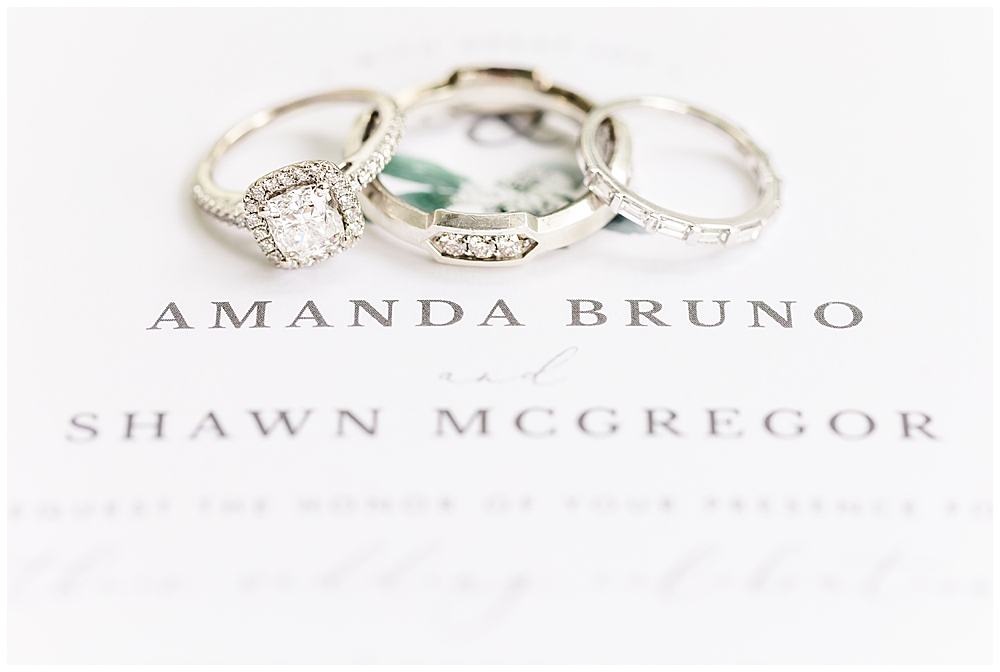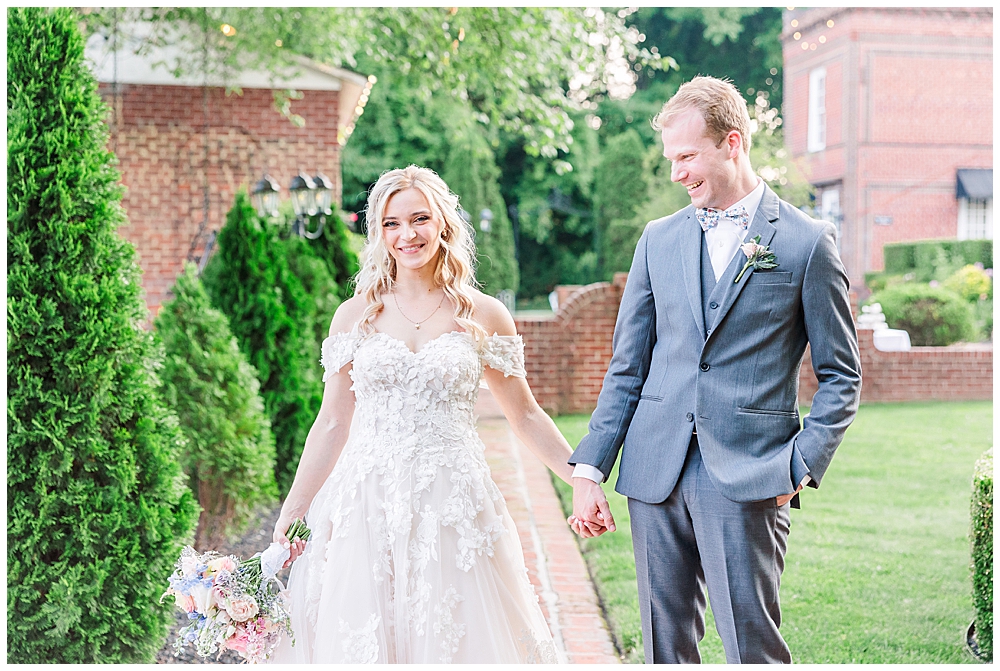Looking for Portraits?
enp anniversary, maternity, and newborn portrait offerings coming soon
Join the Waitlist
As a Virginia wedding photographer, there are often parts of my business that feels so behind-the-scenes that I assume nobody would care about. But then I remember that some of those systems come handy in my personal life as well! One such example is how to safely store your wedding photos. Boring – I know. But if your house burned down and took your multiple devices with it, how devastated will you be if you DIDN’T do this? For this reason alone, it’s so important to make the investment to have multiple back-ups.
In my wedding photography business, I look after some of a couple’s most precious memories – their wedding photos. I don’t take that responsibility lightly. Photos can sometimes take 6-8 weeks to fully edit and deliver. That’s a long time to be the sole keeper of these priceless images. Because of this, I have to have a system in place for organizing, archiving, backing those files up, and safely storing your wedding photos.
This system is so easily repeatable and helps me sleep soundly at night. So this is my invitation to let you steal my process for your own photo back-up system as you download and store your own wedding photos.

Download and Store Your Wedding Photos Immediately
You get home from the honeymoon, and real life is already starting to hit. But then you get an email from your photographer – your wedding photos are already here!! You excitedly scroll through your online gallery, share your favorite photos with friends and family, post the most enviable shots on your Instagram for the next 3 months… then nothing.
Your photos just sit there on that online gallery, maybe a few still on your phone from that first download to share on social media. And what a shame… because that single source of storage is not immune to bug glitches. As your photographer, I guarantee to back-up your photos for you for up to one year – but after that I have to make room for new couples’ photo back-ups.
This is why I always tell my couples to download their entire wedding gallery before they do anything else. Maybe even before you scroll to look at the images! But, that’s a large gallery. Where can all those photos go to ensure they’re safe with you? This guide is here to break it down, and I even include tips for storing ANY personal photo that you take, not just your wedding photos.

How to Store Your Digital Wedding Photos and Other Personal Photos
If your personal memories only live in one place, you’re taking a huge risk. EVEN if that one place is a cloud-based storage service. Yes, they promise access across devices. But what if that cloud-based storage service goes bankrupt, glitches, or you forget to make a monthly payment and your overflow data is lost forever?
This has happened to a friend of mine. She was using a cloud-based storage service for a lot of her images, all to find out one day that the cloud wasn’t properly syncing like she assumed… for months. All those images she thought were automatically uploading to this cloud storage were just sitting on her harddrive. Until she deleted/moved them thinking she had backups. She didn’t. And the cloud storage company was not very helpful in attempting to recover those files, so some of them were lost forever.
To avoid situations like this, I always use a 4-tier backup system:
- Source device
- A portable SSD for recently taken photos/current projects
- A minimum of two mirrored, physical, external hard drives
- Online cloud storage

Source Device
This is the temporary place you will store your photos. It includes your phone, maybe your camera’s SD card, or really any device where you physically took the original photo. Keep in mind, photos should NEVER stay on this device for long before backing up to the other two tiers of storage. But for the time being, it is your first line of defense against losing those images.
For extra organization, you can even move your favorite images to an album in the Photos app (if you have an iPhone). This makes it super easy to access anytime you want to post to social media!
If you’re taking photos yourself on a camera other than your phone, make sure you keep SD cards formatted after each session or day of use. Then replace SD cards annually. These little buggers corrupt ALL THE TIME. The older they get, the more risk you have of taking a photo that never properly saves.
Same with phone storage. My iCloud is way overstuffed with images and videos. At any point, if I drop my phone in a lake, I may not have all those photos backed up to move to my new device. Now yes, you could pay for more iCloud storage, and I do… but if you’re lazy about this (like I’ve been in the past), you’re taking a risk.
External Hard Drives
My home office has two identical 8TB hard drives sitting on my desk. Why two? Because if one gets knocked over or corrupted from spilling my coffee or accidentally yanking the cord out of my computer port before I’ve safely ejected it, I will always have the other. I use a software called Chronosync – this mighty program mirrors my two WD My Book 8TB hard drives to one another so there is always an exact copy of every file on both devices.
In addition to this, I use a 1TB solid state drive (a.k.a. SSD; a small external hard drive that doesn’t have a spinning disk inside, making it more durable if dropped, and more portable to carry in my laptop case). This SSD carries all of my recent wedding projects that I want to bring with me wherever I move my laptop; then I drop those files into the mirrored 8TB hard drive I have on my desk at home.
The SSD is a great option for you if you like to take photos on vacation, but want a safe place to backup your photos before you’re able to reach a secure wi-fi connection. This model is the one I use, and it is relatively inexpensive and regularly goes on sale!
Online Cloud Storage
These first two options are already a great start to your back-up system; but nothing will save your photos if your harddrives are lost to a tragic disaster. Since you can never know what might happen, your final line of defense is the online cloud storage solution.
There are so many options out there – from Dropbox to Google Drive to iCloud to Back Blaze. Do your research and find the one that sounds the most secure – and the most user friendly! These services often come at a small monthly cost, but I feel it’s worth it considering it may just save your precious memories from being lost forever.

The Ultimate Wedding Photo Back-Up Workflow for Storing Wedding Photos
This may be a lot of info, especially if you’re not tech savvy. So the TL;DR version will help you a ton:
- Step 1: Download ALL your wedding photos BEFORE doing anything else.
- Step 2: Download your favorite images to your phone and keep an album in your Photos app for easy social media access.
- Step 3: Purchase at least 2 external hard drives for backing up your photos.
- Step 4: Purchase Chronosync to mirror your two WD My Book harddrives.
- Step 5: Store your wedding photos on the WD My Books, and a copy to your SSD drive if you purchased.
- Step 6: Back-up a copy of your wedding photos to your online cloud storage of choice (i.e., Dropbox; Google Drive; iCloud)
More Wedding Advice Blog Posts You Might Like
- Hack the Wedding Guest Dress Code With This Simple Guide
- 20+ Prettiest Estate Wedding Venues in Virginia
- 7 Things Nobody Tells Engaged Couples
- The Family Formals Shot List Explained (+FREE Shot List Template)
- The Daddy-Daughter First Look Explained
Want to see more of my photography work? See the below posts next:
- Ryan & Caroline’s Dreamy Pastel Estate at River Run Wedding (feat. on Style Me Pretty)
- Gunnar & Paige’s Summertime Rose Hill Manor Wedding
- Ian & Sarah’s Classic Traditional Catholic Wedding Ceremony in Georgetown, D.C.
- Hunter & Kimmie’s Poplar Springs Manor Wedding
- Richard & Emily’s Vintage Country Club of Virginia Wedding in Richmond, VA
The flowers will fade and guests will forget what your dress looked like... but you'll remember every emotion-filled moment for a lifetime when you choose our team to create effortless, intimate and artful wedding photos.
Let us preserve your memories.
Inquire Now
